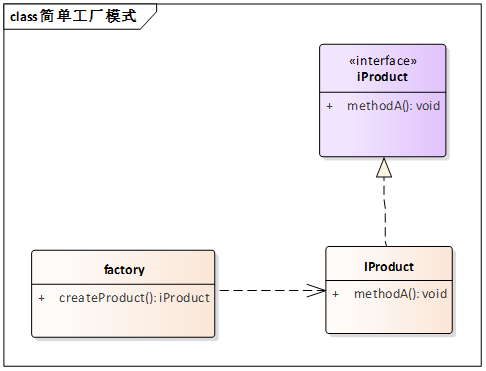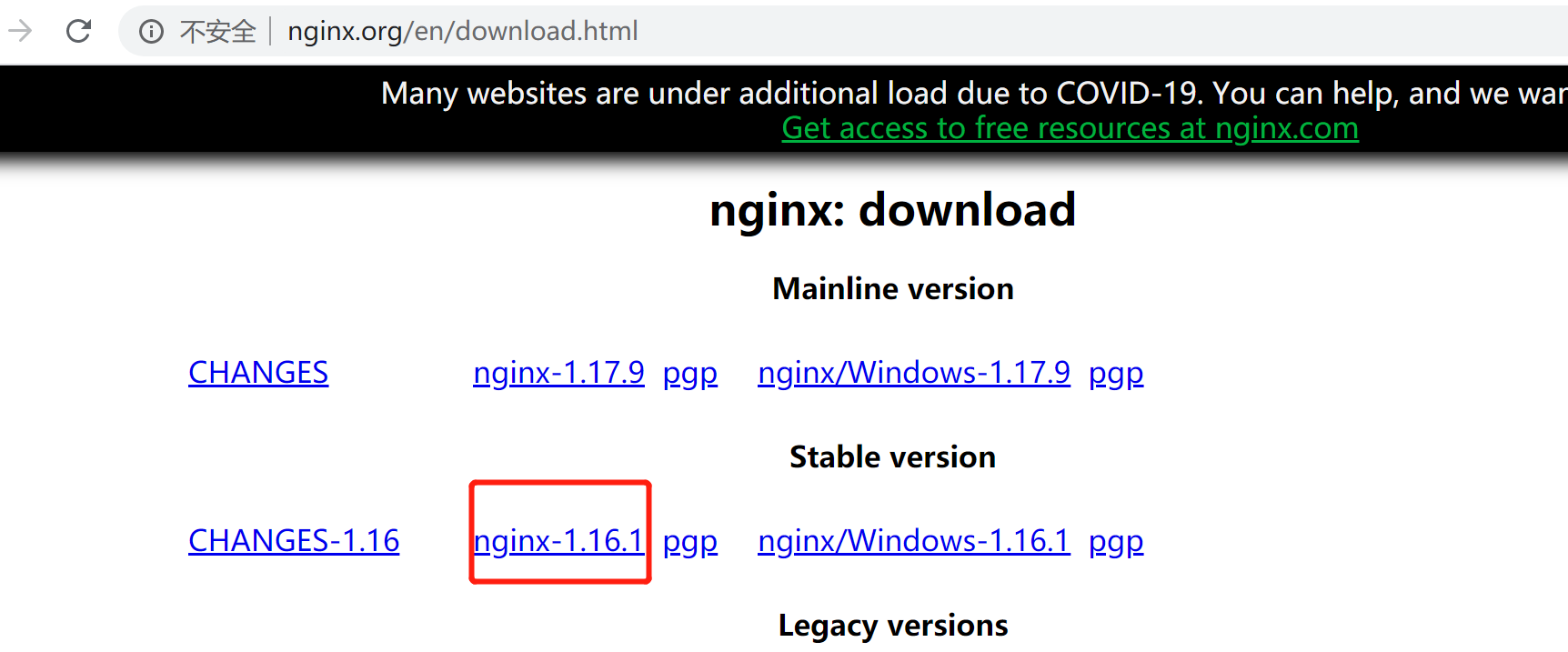FastAPI从入门到实战(7)——请求体函数的参数设置
上一篇记录了FastAPI中声明请求体的相关内容,本文记录一下零碎的函数特性和参数特性相关内容。
Pydantic schema_extra
可以使用 Config 和 schema_extra 为Pydantic模型声明一个示例:
class City(BaseModel):country:str = "中国"provence:str = Field(...,example = "四川") # Field可以定义请求体的格式和类型citys: Optional[List] = Nonepopulation: int = Field(default=None,title="人口数",ge=1000)class Config:schema_extra = {"example":{"country":"中国","provence":"四川","citys":["绵阳","成都","遂宁","..."],"population":66666666}}

Field参数设置
field同Path、Query、Body可以设置default、title等信息;具体参看源码;
def Field(default: Any = Undefined,*,default_factory: Optional[NoArgAnyCallable] = None,alias: str = None,title: str = None,description: str = None,exclude: Union['AbstractSetIntStr', 'MappingIntStrAny', Any] = None,include: Union['AbstractSetIntStr', 'MappingIntStrAny', Any] = None,const: bool = None,gt: float = None,ge: float = None,lt: float = None,le: float = None,multiple_of: float = None,allow_inf_nan: bool = None,max_digits: int = None,decimal_places: int = None,min_items: int = None,max_items: int = None,unique_items: bool = None,min_length: int = None,max_length: int = None,allow_mutation: bool = True,regex: str = None,discriminator: str = None,repr: bool = True,**extra: Any,)
Body参数设置
Body和Path、Query是一个性质的,分别声明请求体、路径参数、查询参数
# 无 Body 额外参数@app04.post("/stu04/notbodyfield")def stu04_not_bdy_field(param:Dog):return param# Body 额外参数@app04.post("/stu04/bodyfield")def stu04_bdy_field(param:Dog = Body(example={"name":"小七","age":15,"varieties":"泰迪","birthday":date.today()})):return param


其他数据类型
目前用的都是常见的数据类型,包括
int、float、str、bool等等;也可以使用其他数据类型,几乎所有Pydantic支持的数据类型都可以:Pydantic-字段类型
也可以参看源码:
__all__ = [# annotated types utils'create_model_from_namedtuple','create_model_from_typeddict',# dataclasses'dataclasses',# class_validators'root_validator','validator',# config'BaseConfig','ConfigDict','Extra',# decorator'validate_arguments',# env_settings'BaseSettings',# error_wrappers'ValidationError',# fields'Field','Required',# main'BaseModel','create_model','validate_model',# network'AnyUrl','AnyHttpUrl','FileUrl','HttpUrl','stricturl','EmailStr','NameEmail','IPvAnyAddress','IPvAnyInterface','IPvAnyNetwork','PostgresDsn','CockroachDsn','AmqpDsn','RedisDsn','MongoDsn','KafkaDsn','validate_email',# parse'Protocol',# tools'parse_file_as','parse_obj_as','parse_raw_as','schema_of','schema_json_of',# types'NoneStr','NoneBytes','StrBytes','NoneStrBytes','StrictStr','ConstrainedBytes','conbytes','ConstrainedList','conlist','ConstrainedSet','conset','ConstrainedFrozenSet','confrozenset','ConstrainedStr','constr','PyObject','ConstrainedInt','conint','PositiveInt','NegativeInt','NonNegativeInt','NonPositiveInt','ConstrainedFloat','confloat','PositiveFloat','NegativeFloat','NonNegativeFloat','NonPositiveFloat','FiniteFloat','ConstrainedDecimal','condecimal','ConstrainedDate','condate','UUID1','UUID3','UUID4','UUID5','FilePath','DirectoryPath','Json','JsonWrapper','SecretField','SecretStr','SecretBytes','StrictBool','StrictBytes','StrictInt','StrictFloat','PaymentCardNumber','PrivateAttr','ByteSize','PastDate','FutureDate',# version'compiled','VERSION',]
源码
# -*- coding: utf-8 -*-# @Time: 2022/11/25 21:21# @Author: MinChess# @File: stu04.py# @Software: PyCharmfrom fastapi import APIRouter,Bodyfrom pydantic import BaseModel,Fieldfrom typing import Optional,Listfrom datetime import dateapp04 = APIRouter()# 创建一个数据模型class City(BaseModel):country:str = "中国"provence:str = Field(...,example = "四川") # Field可以定义请求体的格式和类型citys: Optional[List] = Nonepopulation: int = Field(default=None,title="人口数",ge=1000)class Config:schema_extra = {"example":{"country":"中国","provence":"四川","citys":["绵阳","成都","遂宁","..."],"population":66666666}}# Pydantic schema_extra@app04.post("/stu04/schemaextra")def stu04_schema_extra(city:City):return city# Field 的附加参数class Dog(BaseModel):name:str = Field(example = "小黑")age:int = Field(...,description="狗的年龄",gt=0,le=20)varieties:str = Field(default="拉布拉多",title="狗的品种")birthday:date# 无 Body 额外参数@app04.post("/stu04/notbodyfield")def stu04_not_bdy_field(param:Dog):return param# Body 额外参数@app04.post("/stu04/bodyfield")def stu04_bdy_field(param:Dog = Body(example={"name":"小七","age":15,"varieties":"泰迪","birthday":date.today()})):return param
 欢 迎 关 注 博 主 个 人 小 程 序!
欢 迎 关 注 博 主 个 人 小 程 序!



































还没有评论,来说两句吧...